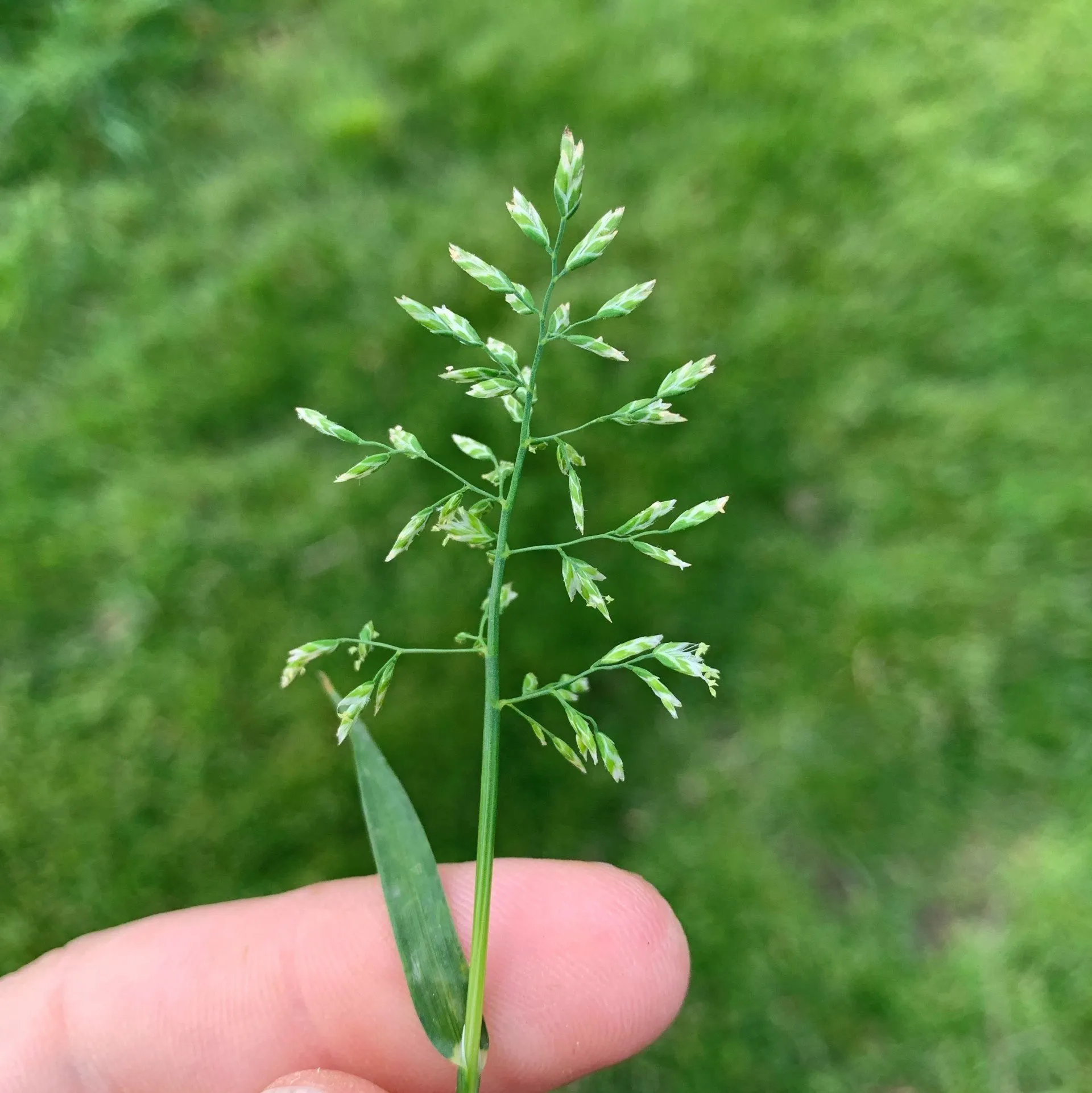Annual Poa
Home / Weed Guide / Annual Poa

Annual Poa
Annual Poa is known by many different names, sometimes referred to as just Poa, Poa Annua or Annual Meadow Grass. It’s commonly referred to as Annual Bluegrass in America.
In New Zealand, its life cycle generally starts about May and it dies back in September or October, depending on rainfall as Poa is drought intolerant. A characteristic of Poa Annua is that it can flower at any time of the year. Generally speaking, its life cycle begins in late autumn and ends mid-spring.
Poa is one of the most common troublesome weeds in New Zealand lawns. It is often recognised by its distinctive seed head. Prior to seeds developing, it can be recognised in most lawns due to being a lighter shade of green in contrast to established lawns, often forming in patches in the early stages. If left untreated, lawns quickly become infested in the following seasons.
Control
In Ryegrass and Tall Fescue, the active ingredient Ethofumesate (NZLA Etho) can be used to selectively kill Poa. Some of the residue can help protect new seeds developing past germination. It’s not recommended to use this active ingredient on Fine Fescue lawns.
Haloxyfop-P (NZLA Halo) can be applied at label rates on Fine Fescue lawns. It is advisable not to use this product in winter as it tends to discolour the fescue. September through to April is the best time to apply as the lawn is actively growing. Ignite will also remove all other foreign grasses, leaving just the Fine Fescue.
It is recommended waiting at least six months before applying Haloxyfop-P to new Fine Fescue lawns, however regular mowing and an application of a broadleaf herbicide after 12 to 16 weeks will control most weeds while your new lawn is established.
Find out more about Annual Poa